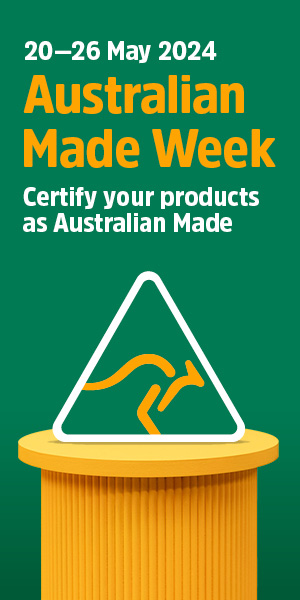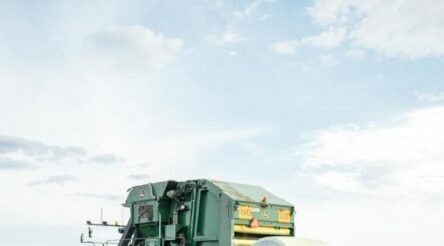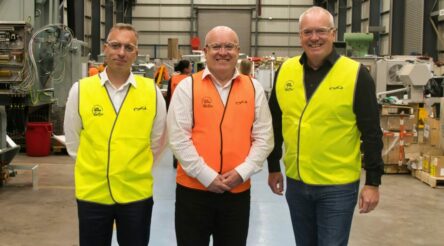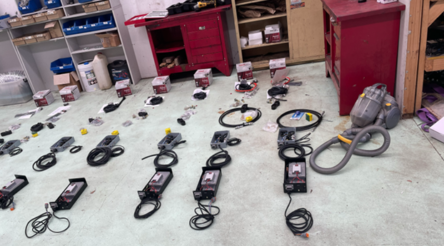Bell Bay emerges as preferred location for $2 billion SunCable cable factory
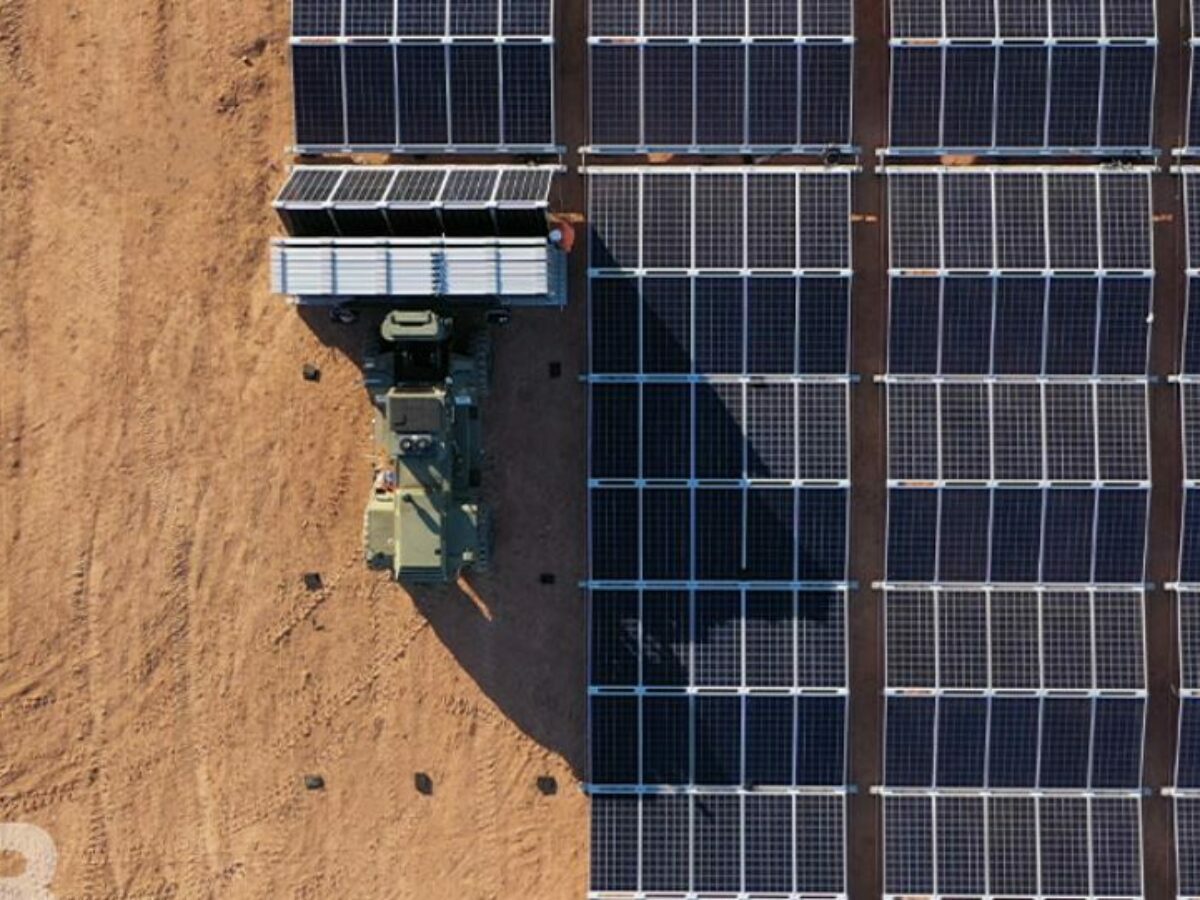
Tasmania’s Bell Bay is the preferred destination for making high-voltage DC subsea cables to be used to export solar energy from Australia, SunCable said over the weekend.
According to a statement from the Tasmanian government on Sunday, a purpose-built cable factory would address supply constraints of HVDC subsea cable, with all advanced HVDC subsea cable currently manufactured in the Northern Hemisphere.
Bell Bay was chosen due to factors including its deep-water ports, rail infrastructure and renewable energy infrastructure. According to the statement, the site will require between 25 and 40 megawatts of renewable energy.
If the facility goes ahead, construction is planned for 2025 and production in 2029.
“Australia has an abundance of sunshine and wind. HVDC cable enables the export of this natural resource to the world, establishing Australia as a renewable energy superpower as well as an advanced manufacturing hub for critical supply chains,” said SunCable Chief Projects Officer, Chris Tyrrell.
“SunCable will soon commence consultation with local communities and stakeholders. We welcome further input and feedback before proceeding with a final decision and subsequent development applications.”
SunCable is developing a proposal to supply renewable electricity from the Northern Territory to Singapore through the AAPowerLink project.
The project – estimated to cost perhaps $40 billion – was originally announced in 2019. It was put on hold when SunCable went into voluntary administration following disagreements between its billionaire backers Mike Cannon-Brookes and Fortescue’s Andrew Forrest.
Cannon-Brookes, the co-founder of software company Atlassian, took control of the SunCable through a consortium linked to his company Grok Ventures.
Premier Jeremy Rockliff called the site an “extraordinary opportunity” for the state’s northern region, and told the ABC the project would represent a $2 billion capital investment, and saw Tasmania beat 30 potential locations around the world to host the planned factory.
“The proposed facility has the potential to significantly boost the region’s economic prospects,” he said.
“A project of this size could create over 800 construction jobs, and over 400 long-term advanced manufacturing roles across a diverse range of trades, skills and capabilities.”
Picture: credit 5B
Further reading
Sun Cable sticks with its knitting as Cannon-Brookes prevails
Sun Cable diversifies to supply Tivan mineral processing business
Sun Cable plans to supply renewable power to Singapore in 2027
@aumanufacturing Sections
Analysis and Commentary Awards Defence Manufacturing News Podcast Technology Videos






